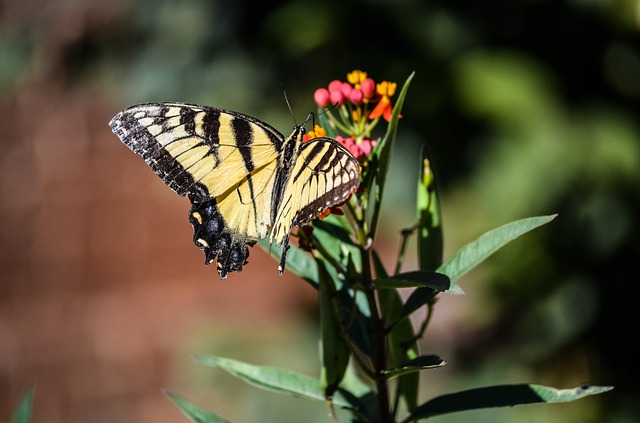Mantra meditation involves the repetition of a sound, word or phrase during meditation. The mantra can be repeated silently, spoken or chanted, sometimes accompanied by music. The singing of mantras can provide variation through intonation, pace, pitch, and volume. The content can be rich in meaning drawing on ancient traditions or simply a single word. Instrumentation can be added and often involves guitar, harmonium and/or flute.
Famous yogi-musician, Girish, combines neuroscience and the art of singing mantras in his book, Music and Mantras: The Yoga of Mindful Singing for Health, Happiness, Peace and Prosperity. Girish maintains that “Mantra is a sound vibration through which we mindfully focus our thoughts, our feelings, and our highest intention”. In this statement he captures not only the power of focus inherent in chanted mantra meditations but also the energetic effect of the vibrations of music and singing.
Singing of mantras has gained a resurgence through the development of the relatively new discipline of music therapy and the advent of neuroscience along with the understanding of the vibrational energy of sound and voice.
The benefits of mantra meditations
Like any meditation, mantras build attention and capacity to focus which in itself has a beneficial effect. Typically practitioners return to their focus whenever a distracting thought interferes with their concentration on the mantra. Neuroscience has highlighted this benefit and explained how meditation positively impacts the mind, emotions and the body.
Susan Moran focuses on the distinctive nature of mantra meditations and summarises the science that supports this approach to meditation. In her article, she identifies several research-based benefits:
- Reduces distractions generated by the default-mode network of our brains (with its inherent negative bias)
- Minimises negative self-talk that leads to depression
- Activates the “relaxation response” and builds resilience in the face of stress.
Turning depression into a deep well of calm, peace and centredness through mantra meditation
The beneficial effects of mantra meditations were clearly articulated by Tina Malia in her interview with Kara Johnstad. Tina Malia is globally famous for her song writing, singing, instrumentation and integration of different mantra traditions, and at the time of the interview, was working on her seventh album.
Tina told the story of her very deep depression in her twenties and her experience of the “dark night of the soul”. She indicated that she had all the trappings of external success but experienced despair and a “deep, deep aching loneliness” that would not go away – she lost her meaning in life and considered ending her life through suicide. At the time, she was a backing singer for world music singer/songwriter Jai Uttal and his band. Jai suggested that she start a daily practice of Japa – silently singing the Ram mantra meditation while passing beads through her fingers.
Tina reports that this practice which she undertook conscientiously every day, although having little effect in the first few weeks, enabled her to find peace, harmony and an inner well of calm and creative energy. She explained that it “completely lifted me out of despair” and she still continued the practice daily at the time of the interview. She finds chanting mantra meditations a tool for helping her when she feels frazzled at busy times while touring the world. She describes her silent mantra meditations as a well – an internal source of pure water that brings the experience of visiting a calming, familiar room.
Kara Johnstad, who is herself a visionary singer-songwriter, describes chanting mantra meditations as creating “a higher vibrational field” that protects us against the turbulence of daily life and its many challenges.
Reflection
I have found just listening to the chanting of mantra meditations very calming, particularly those of Lulu & Mischka and the many mantra meditations of Deva Premal & Miten. From my reading and listening to Tina’s story, it is clear that the real benefit of chanting mantra meditations comes not only from repetition of the mantra but from daily practice over an extended period (in Tina’s case over many months and years).
It takes time to absorb the positive messages of a mantra into our consciousness so that over time it displaces our negative self-thoughts. Tina suggests that mantra meditations are like a tool to explore our inner reality, “a shovel to go inside and dig”. In this way we can develop a deep level of self-intimacy.
As we grow in mindfulness through chanting mantra meditations, we can unearth our disturbing negative thoughts and difficult emotions and replace them with a deep well of calm, peace and energy. Tina has demonstrated yet again that discipline creates freedom and success. Her latest album, Anahata (Heart Wide Open) can be obtained through Sounds True.
_______________________________________
Image by enriquelopezgarre from Pixabay
By Ron Passfield – Copyright (Creative Commons license, Attribution–Non Commercial–No Derivatives)
Disclosure: If you purchase a product through this site, I may earn a commission which will help to pay for the site, the associated Meetup group and the resources to support the blog.


